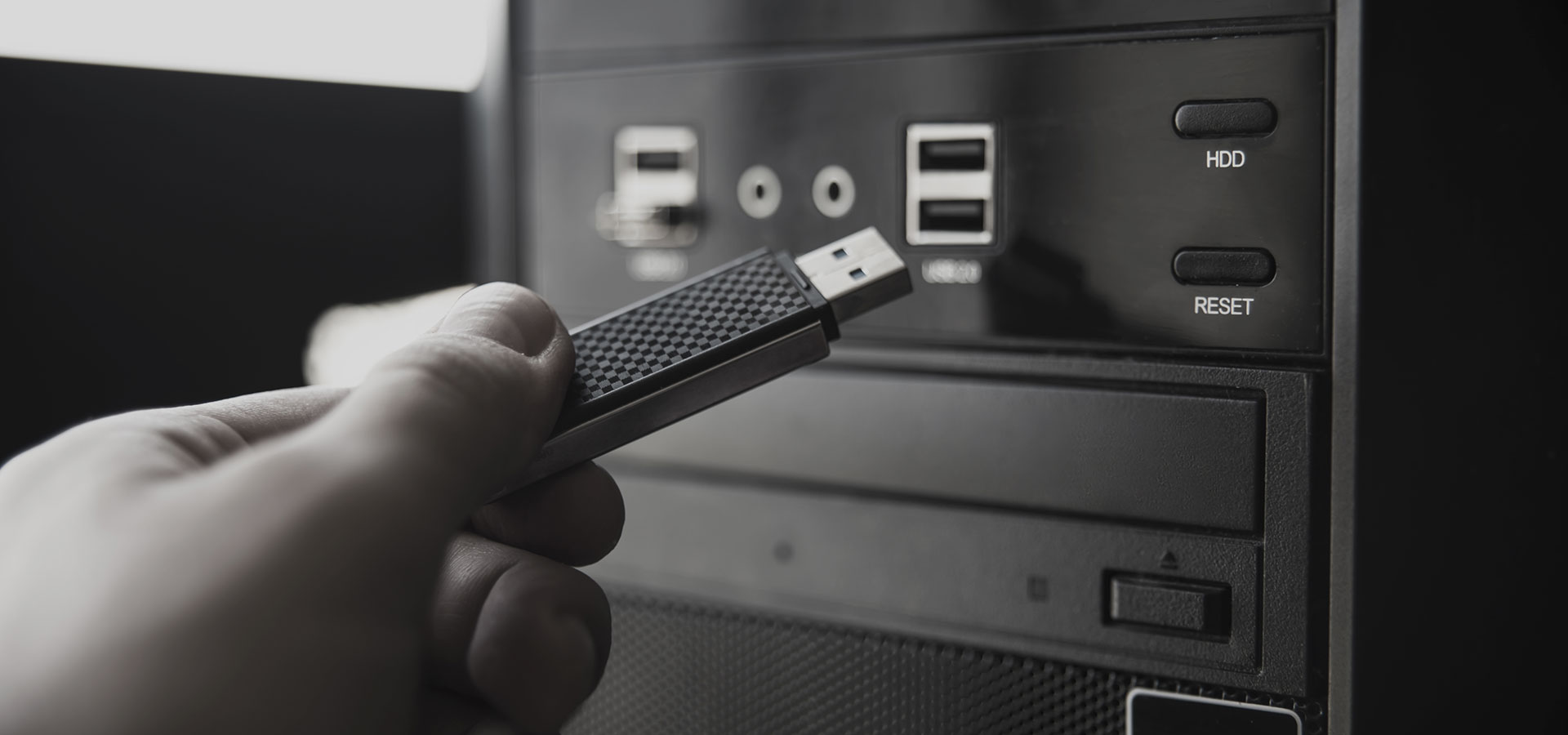Digital signage is still relatively new technology and when technology is new, that usually means a rapid developmental curve. Think back on the first cell phones that hit the market. Remember how rapid the development was from the launch of the first flip phone to the launch of the first smart phone? Not to mention everything that happened in between that time frame.
Digital signage has been on a similar journey to that of the cell phone, but due to the rapid development, several misconceptions seem to have lingered. Today we put an end to these myths once and for all.
1. Digital signage is expensive
This might be the most common myth. As with most products and services, there are several different price tiers for digital signage. What's important to be aware of is that price isn't necessarily indicative of the quality of the product. There are solutions that cost less than a Netflix subscription, but are just as powerful as the most expensive solutions.
In other words, digital signage doesn't have to be expensive. It has become so affordable that even the local fast food establishment can use digital signage to display their menu.
2. Digital signage is difficult to use
This myth isn't necessarily wrong. What's difficult for one person can be easy for someone else. The important thing to know is that digital signage doesn't have to be difficult to use. It's all about which software you decide to go for.
Digital signage can actually be so easy to use that anyone, without prior experience, can publish content to screens in just a matter of minutes.
3. Digital signage is connected to an external computer
When digital signage was still brand new, this was often true. An external computer was connected to the screen and sent information through a VGA or HDMI-cable. The amount of hardware and cables needed when you had more than one screen could quickly become overwhelming.
Since then, professional screens have entered the market that have internal media players that remove the need for all this hardware. To use an external computer to power your digital signage today can be compared to using a fax machine instead of sending an email. It still works, but it requires large equipment and is far less efficient.
Even if you don't have a professional screen, small external media players built solely for the purpose of powering digital signage are now available on the market. These aren't nearly as big as a stationary computer and require far fewer cables.
4. Screens have to be updated with flash drives
Updating the content on screen with an USB flash drive is still done to this day. This means that you first have to produce the content on a computer, make sure that the content is compatible with the screen and then physically go to the location of the screen in order to update the content.
This takes a lot of time and effort and is, perhaps not surprisingly considering the theme of this article, completely unnecessary. Modern digital signage solutions are far more flexible today and allow you to stream content directly from the internet to your screen - or better yet, download content automatically onto your screen from the internet. Having the content be downloaded ensures that the content doesn't stop playing even if the screen should loose internet access.
5. Digital signage is a unique TV-channel
It's easy to understand why this myth grew legs, because in a way it's correct. Digital signage, in many ways, functions just like a TV-channel does. One or more administrators decide on what content should be displayed on the screens, just like on a TV-channel. The content, however, is not aired on a specific frequency or from a station, and in the world of digital signage, you can have different playlists for different locations.
Setting up digital signage is also far easier than setting up a TV-channel. You might already have everything you need in order to be up and running with digital signage in less than five minutes.
6. Digital signage is the same thing as digital posters
This myth can be somewhat confusing, because you can indeed use digital signage as digital posters. However, when most people talk about digital posters, what they're actually talking about are digital posters in public places such as the subway, on streets and along the road. In order to use these digital poster spaces, you usually rent the space from the company that owns these screens.
To break it down a bit, with digital posters, you usually rent the space in which the content is to be displayed. The company you rent the space from use software for digital signage in order to publish the content that you want to have displayed on this specific location.
In other words, digital signage is much more than just digital posters as you can own the screens and spaces yourself - regardless of placement.
7. Digital signage is only used for advertising
A lot of digital signage that you've come across is probably related to advertising. At least if you've come across it while shopping. But digital signage can be used for so many other purposes as well. It can be used to communicate across different departments in a company. It can be used to share information in the public sector. It can be used for menus in a restaurant. It can be used to share Microsoft Power BI-reports internally. It can be used to display time tables. It can be used to entertain guests in a waiting area or in a line.
I think you get the general idea. It can really be used for any type of information or message - and with documented positive effect.
Conclusion
We hope that we managed to crack some of the myths and misconceptions out there and that you feel more optimistic than ever to continue exploring the possibilities that lie within digital signage.








.png)